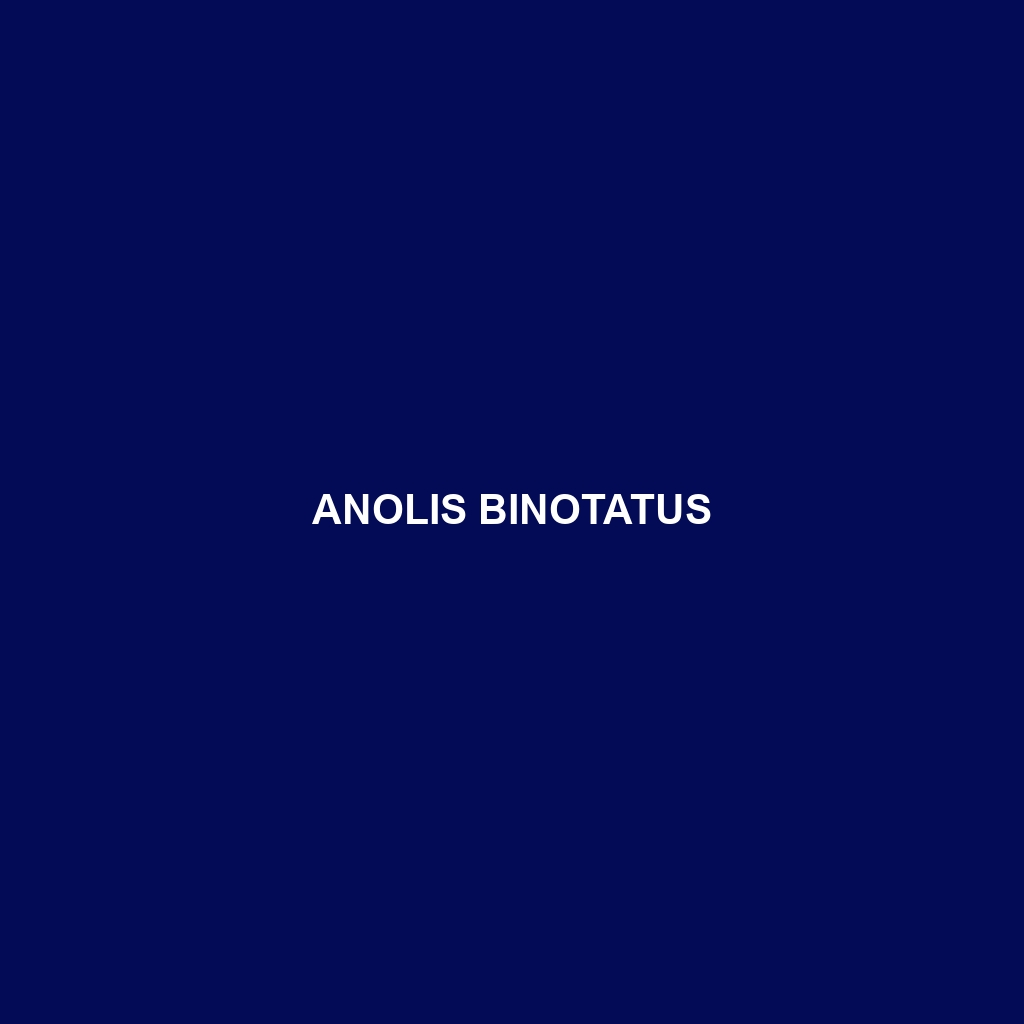Anolis biporcatus Species Description
Common Name: Anolis biporcatus
Scientific Name: Anolis biporcatus
Habitat
Anolis biporcatus, commonly known as the Bicolored Anole, is primarily found in the humid forests and tropical rainforests of Central America. Its geographic range includes countries such as Costa Rica, Panama, and parts of Nicaragua. This lizard thrives in environments rich in vegetation and is often seen basking on tree trunks and branches, blending seamlessly into the lush surroundings.
Physical Characteristics
Adult Anolis biporcatus typically measures between 6 to 8 inches in length, including the tail. This species exhibits a striking appearance, characterized by its green and brown coloration, allowing it to camouflage effectively within its habitat. It has a distinctive dewlap that can be extended during displays, which is a vibrant hue of orange or red, used for communication and mating rituals.
Behavior
Anolis biporcatus is known for its active and agile nature. These lizards are diurnal, meaning they are primarily active during the day. They exhibit territorial behaviors, particularly males, who often engage in displays of their dewlaps to assert dominance and attract females. Additionally, they are adept climbers, utilizing their specialized toe pads to navigate vertical surfaces and hunt for prey.
Diet
This species is an insectivore, feeding on a diet that includes a variety of insects such as ants, termites, and beetles. Juvenile Anolis biporcatus may also consume smaller invertebrates. Their hunting strategy typically involves a combination of ambush and active pursuit, making them effective predators within their ecological niche.
Reproduction
Anolis biporcatus reproduces seasonally, with breeding occurring during the warm, wet months of the year. Females lay clutches of 1 to 3 eggs in the leaf litter or hidden crevices, where they remain until they hatch. After a gestation period of about 6 to 8 weeks, hatchlings emerge, fully independent and capable of fending for themselves.
Conservation Status
Currently, Anolis biporcatus is classified as Least Concern by the IUCN Red List. However, it faces threats from habitat loss due to deforestation and urbanization, underscoring the need for ongoing monitoring and conservation efforts to ensure its continued survival.
Interesting Facts
Anolis biporcatus is notable for its remarkable color-changing abilities. Depending on the environment and emotional state, individuals can alter their skin coloration to enhance camouflage or display emotions. This adaptability makes them a fascinating subject of research in the field of herpetology.
Role in Ecosystem
Anolis biporcatus plays a vital role in its ecosystem as a predator and prey species. By controlling insect populations, it contributes to maintaining the ecological balance. Moreover, it serves as a food source for various birds and mammals, illustrating its integral position within the food web of its habitat.
